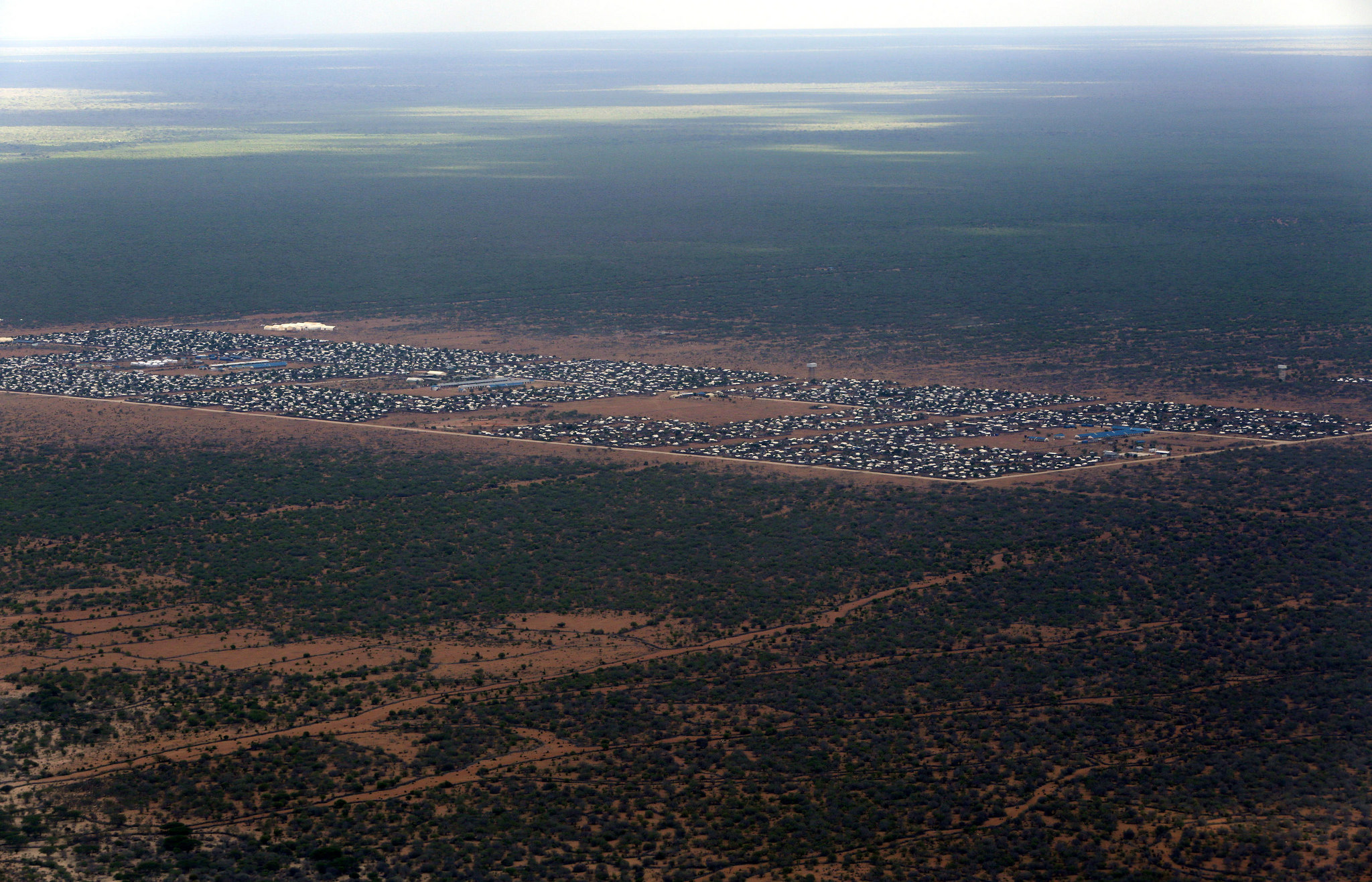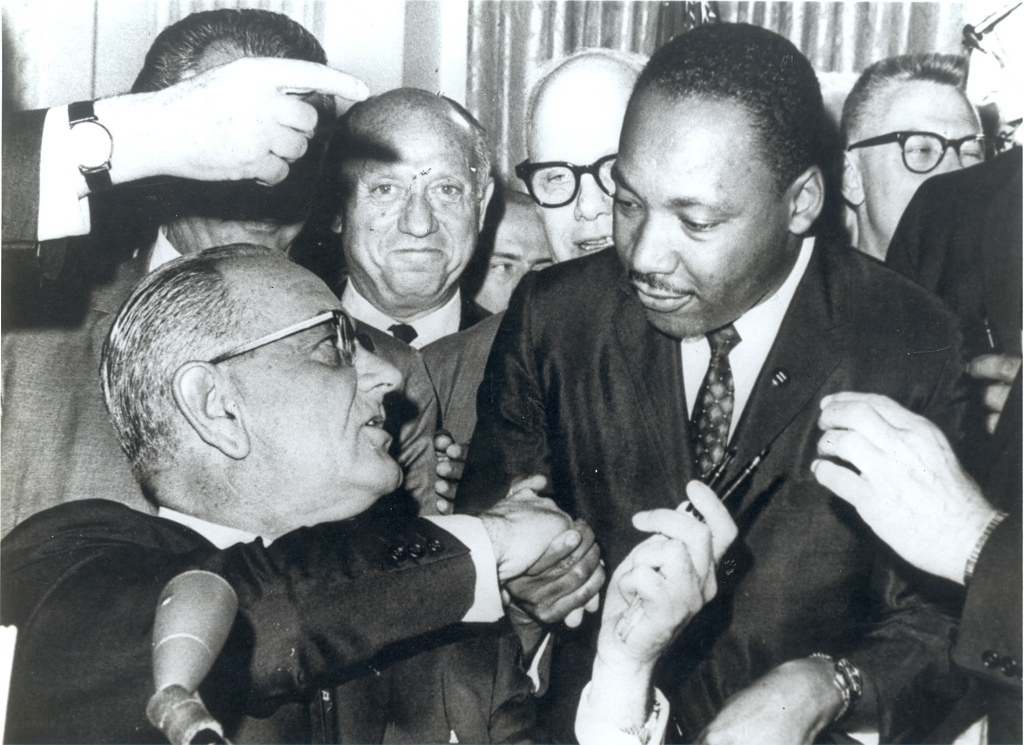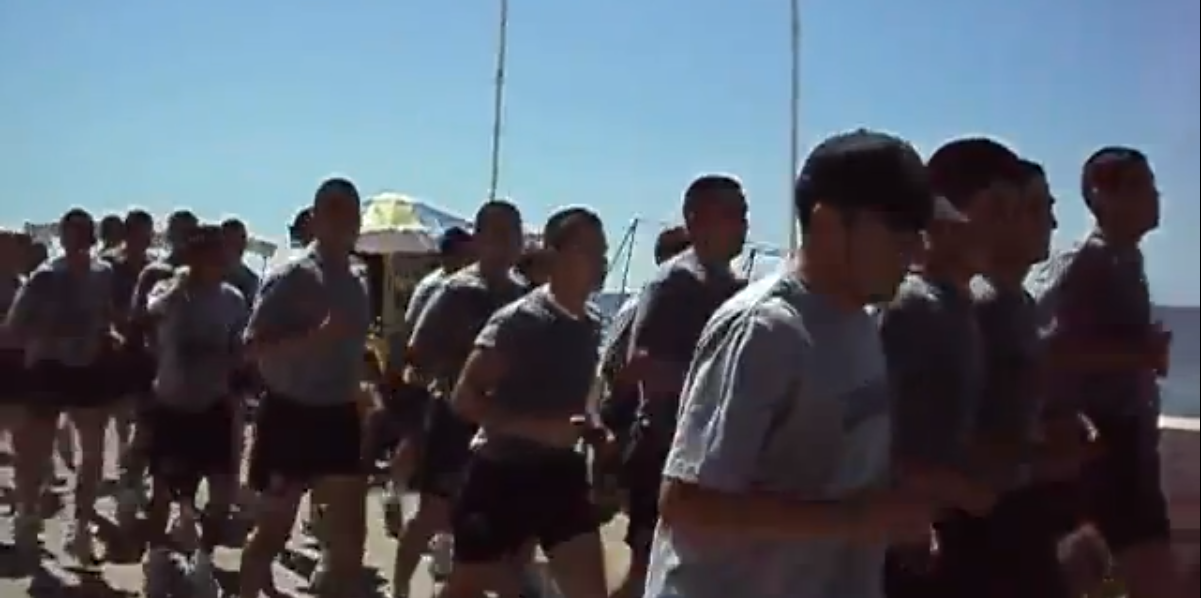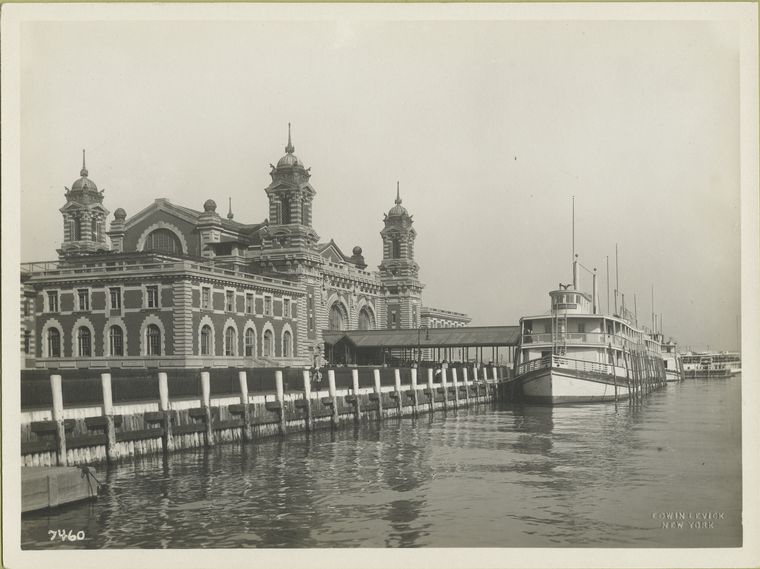Guest post by Alex Braithwaite, Kerstin Fisk, Idean Salehyan, Burcu Savun, and Thorin M. Wright.
Will Moore was a friend, mentor, and colleague to many in the peace science and conflict processes communities. He made important contributions to the study of human rights, the repression-dissent nexus, and political methodology. One area of his scholarship that is now proving especially valuable was his focus (alongside a number of co-authors, including Christian A. Davenport, Steven C. Poe, Stephen M. Shellman, Jacqueline H. Rubin, and Rafael Reuveny) on patterns of forced migration and refugee flows.
Global populations of forced migrants and refugees have hit astronomical levels, with more than 65 million individuals forced from their homes and approximately 34,000 joining that total each and every day. Now more than ever, therefore, scholars and practitioners require actionable insights regarding why forced migrants and refugees flee and what determines the routes that they take once they do so. As a means of paying tribute to Will, who we miss immensely, we would therefore like to highlight his significant contributions to knowledge on these topics.
At a recent workshop, Will discussed his motivations for working on forced migration. He noted that during his time at CU-Boulder as a PhD student (in the late 1980s and early 1990s), he recognized and became astonished by the lack of systematic, cross-national research on such population flows. Out of an abundance of caution, however, he opted to avoid investigating them until after he had secured tenure (at Florida State University in 1997). At this time, he got to work in short order. What followed were six impressive articles published between 2003 and 2009:
Davenport, C., Moore, W., & Poe, S. (2003). Sometimes you just have to leave: Domestic threats and forced migration, 1964-1989. International Interactions, 29(1), 27-55.
Moore, W. H., & Shellman, S. M. (2004). Fear of persecution: Forced migration, 1952-1995. Journal of Conflict Resolution, 48(5), 723-745.
Moore, W. H., & Shellman, S. M. (2006). Refugee or internally displaced person? To where should one flee?. Comparative Political Studies, 39(5), 599-622.
Moore, W. H., & Shellman, S. M. (2007). Whither will they go? A global study of refugees’ destinations, 1965–1995. International Studies Quarterly, 51(4), 811-834.
Rubin, J. H., & Moore, W. H. (2007). Risk factors for forced migrant flight. Conflict Management and Peace Science, 24(2), 85-104.
Reuveny, R., & Moore, W. H. (2009). Does environmental degradation influence migration? Emigration to developed countries in the late 1980s and 1990s. Social Science Quarterly, 90(3), 461-479.
Across these studies, Will and his coauthors demonstrate that:
- People flee when their personal integrity is threatened and that they head towards places with better human rights conditions;
- The scale of violence is far more important in forcing migration than are political institutions or the size of the economy;
- Acts of genocide and mass killings carried out by the state are much more likely to produce refugees than are the actions of dissidents and other actors in civil wars;
- People are much more likely to exit the country and become refugees than remain as IDPs if neighboring countries are more democratic and wealthy;
- Most refugees flee to neighboring countries to simply escape their difficult circumstances rather than in pursuit of economic opportunity;
- If refugees flee to countries other than neighboring countries, they tend to follow colonial ties;
- Episodes of civil war, human rights violations, and forced migration in one year serve as strong predictors of forced migration in the following year;
- Emigration patterns are also strongly influenced by environmental decline.
Will’s research helps to confirm a number of intuitive correlates of forced migration. These studies also contain a series of specific innovations that serve as important guides for future research on these topics. They rely upon global data rather than studying individual cases or events in isolation. They provide a direct comparison between internal and external displacement. They focus upon violence perpetrated by governments and by the dissident sector. Will was truly a pioneer in the quantitative study of refugee migration, a field that is now well established within our community, thanks in large part to his early endeavors and innovations.
Importantly, throughout all of this work, Will emphasized that refugees are not just passive victims of violence. They make purposeful, if difficult, choices regarding their safety and security. Moreover, despite the quantitative nature of his work, he reminded us that each and every individual represented in the data had personal stories of trauma and loss that were not reducible to figures in a spreadsheet. At our recent workshop in Tucson, Will gave a talk to get us “fired up” about the research topic and think about new ways to approach it, as well as those normative implications of our work. Will’s point was to try and get us to constantly reiterate the common humanity and complexity of the subjects we were studying: in this case, refugees and conflict. He warned against the use of biological metaphors in our research (such as contagion), the focus on ideas like (in)stability, which he felt had a status quo bias, as well as examining only systemic outputs like the onset of conflict, without exploring the underlying interactions that produce conflict. These are all key points, ones that he had been articulating in some form or another for a long time.
Will was one of the front-runners in systematic research on forced migration and refugee flows. He was a visionary social scientist who inspired us, and many others, to study these topics while keeping in mind the normative implications of our research.
The authors are members of the blogging collective, CAR-pool, which focuses its attention upon issues relating to conflict, aid, and refugees.







